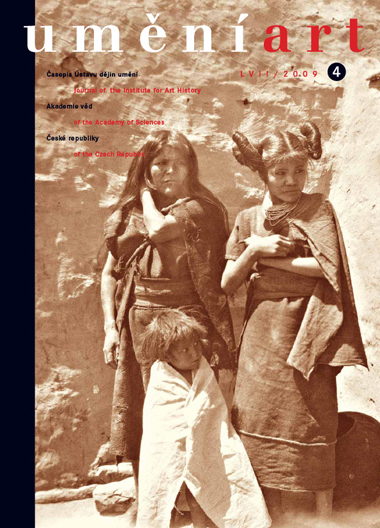Daniela Rywiková
The Question of the Krumlov Miscellanea: The Chalice as Utraquist Symbol?
In Czech art history, the Krumlov miscellanea have traditionally been linked with the Utraquist milieu at the start of the Hussite uprisings. The codex includes a number of texts directed at monks: in addition to the Speculum Humanae Salvationis, these include tracts by Albert the Great and Heinrich Suso, and mystical treatments of the perfection of the monastic life by St Bonaventure. The tract that can be attributed to Jan Hus, On the seven mortal sins (in the miscellanea it is presented as an anonymous work), and Tomáš of Štítný's Booklets on the death of a wanton youth were, by contrast, intended for a lay readership. They were included in the collection as thematic complements to the moralising mystical texts by Bonaventure and Albert the Great about the perfect spiritual life. The manuscript was probably commissioned in 1417 in Prague by the young Oldřich of Rožmberk himself for the Franciscans of Krumlov. The manuscript may have served them as a 'handbook' for pastoral care in the lay community as well as with the neighbouring Poor Clare nuns. The two well-known 'Hussite' illuminations in the miscellanea, King David with a chalice in his shield (pag. 40) and the Adoration of the chalice and monstrance (pag. 190), reflect the contemporaneous situation in Bohemia and on the Rožmberk estate in 1417. In that year, the Prague university declared its support for the chalice and Oldřich of Rožmberk instituted communion in both kinds on his estate. In particular, the depiction of the group of believers worshipping the chalice and Host on the altar mensa (pag. 190) corresponds to this state of affairs. The fact that the scene does not apostrophise active lay communion sub utraque, but rather the passive ostensio and adoratio, suggests a vague conception of the liturgical practice associated with the lay chalice. The blue field in the shield of King David provides a key for dating the manuscript. It differs from the colours used by the Hussites and suggests rather the ecclesiological and eschatological significance of the chalice in general.
Full-text in the Digital Library of the Czech Academy of Sciences:
https://kramerius.lib.cas.cz/uuid/uuid:d762914d-ee58-6867-17cd-43fc0c0592c8
< back

